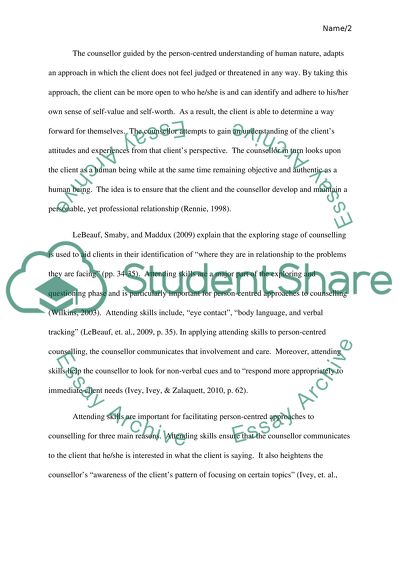Cite this document
(“A verbatim transcript and reflective commentary of a 10-min long Essay”, n.d.)
Retrieved from https://studentshare.org/psychology/1466464-a-verbatim-transcript-and-reflective-commentary-of
Retrieved from https://studentshare.org/psychology/1466464-a-verbatim-transcript-and-reflective-commentary-of
(A Verbatim Transcript and Reflective Commentary of a 10-Min Long Essay)
https://studentshare.org/psychology/1466464-a-verbatim-transcript-and-reflective-commentary-of.
https://studentshare.org/psychology/1466464-a-verbatim-transcript-and-reflective-commentary-of.
“A Verbatim Transcript and Reflective Commentary of a 10-Min Long Essay”, n.d. https://studentshare.org/psychology/1466464-a-verbatim-transcript-and-reflective-commentary-of.


